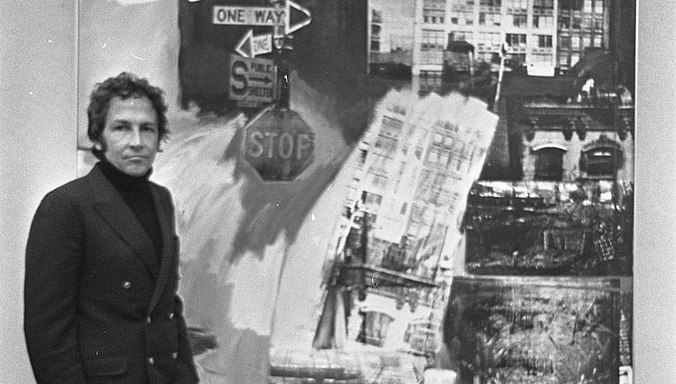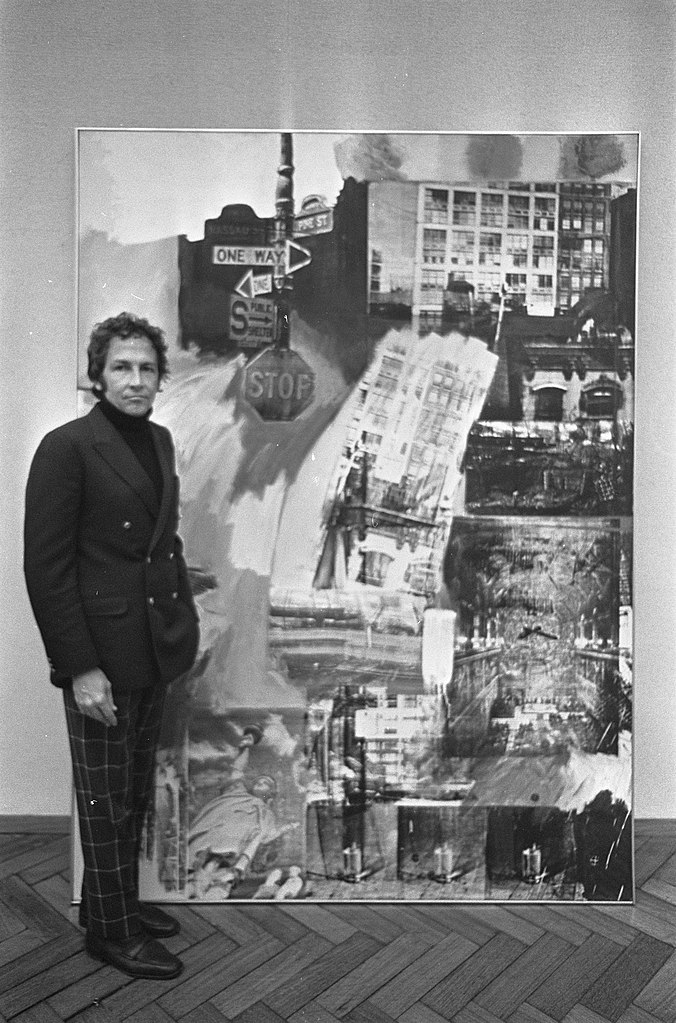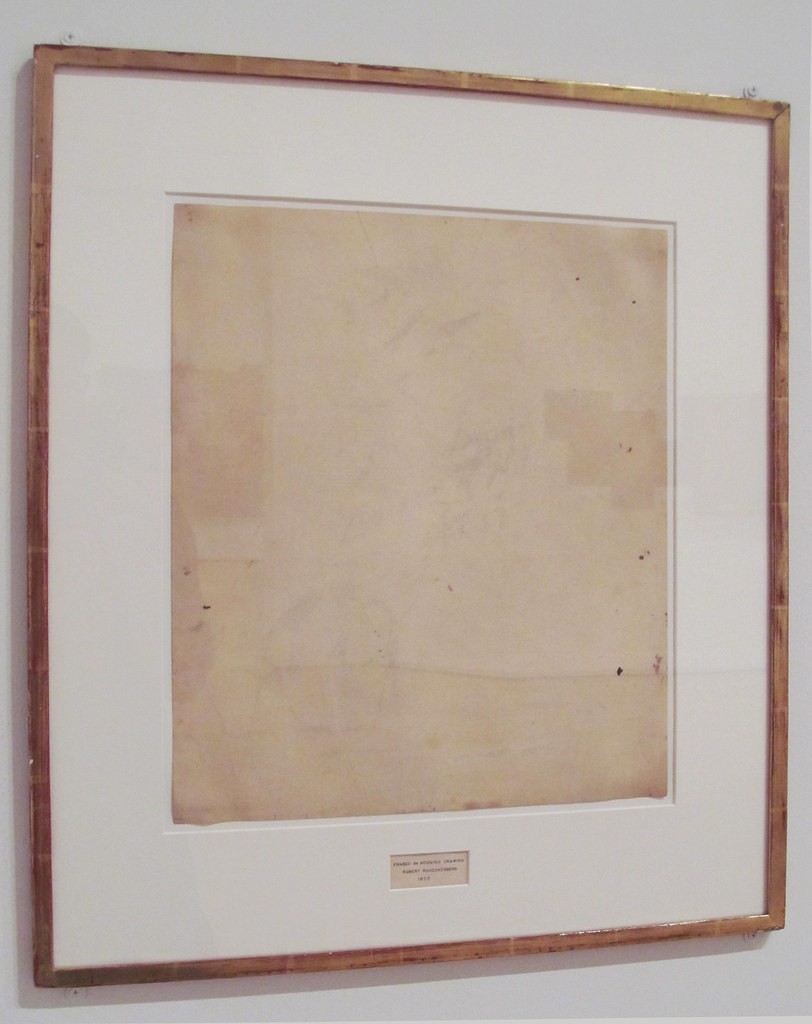Abstract Expressionism as Part of Post-War American Art

Art offers a unique glance into the past. As you study art pieces through a historical lens, you are given a small piece of the artist’s sentiment and possibly the country in which they lived and worked. Post-war American art tells a distinctive story, one of the surreal subconscious emotions, which sparked as a result of the deadliest conflict in human history, World War II. This era gave birth to a new type of Expressionism, offering many artists of the time the freedom to create abstract pieces that would reflect the country’s attempt at healing. Robert Rauschenberg used this time of conflict as fuel, creating combinations between sculpture and paintings never seen before, which would become part of a large movement now categorized as American post-war art. This style broke through the norms of the times, doing away with the canvas and bringing expression to life.
Post-war American art follows a certain theme, one of rebellion and a surreal outlook on life resulting from the separation and sadness following the war. You can see these themes in many pieces created by Rauschenberg in his constant search for reality. One of his most famed works was especially controversial, gambling with labels placed upon the prominent artists throughout history. Erased de Kooning shocked many as the artist took an eraser to the classic work of Willem de Kooning, completely wiping out the content and then framing it and leaving it on display for all to see. Other popular artworks by Robert Rauschenberg act as a template for post-war American art. For example, his famous Signs features all of the top conspiracies facing the nation, and his USA poster work sheds light on the impact of propaganda. Rauschenberg stayed true to his ideas for many years, using his technique and special outlook throughout decades, with his last pieces created the same year of his final days in 2008.
As one of the forefathers of post-war American art, Robert Rauschenberg created a range of artworks that are now considered a part of history and can be found on display around the world, from France and Germany to Russia. Most modern art museums feature Rauschenberg’s works, along with other contemporary art masterpieces of our time. His ideas and creations have changed the ‘normal’ way of thinking, making people question their own reality and forming a whole new way of looking at the world, calling the individuals to think for themselves.


